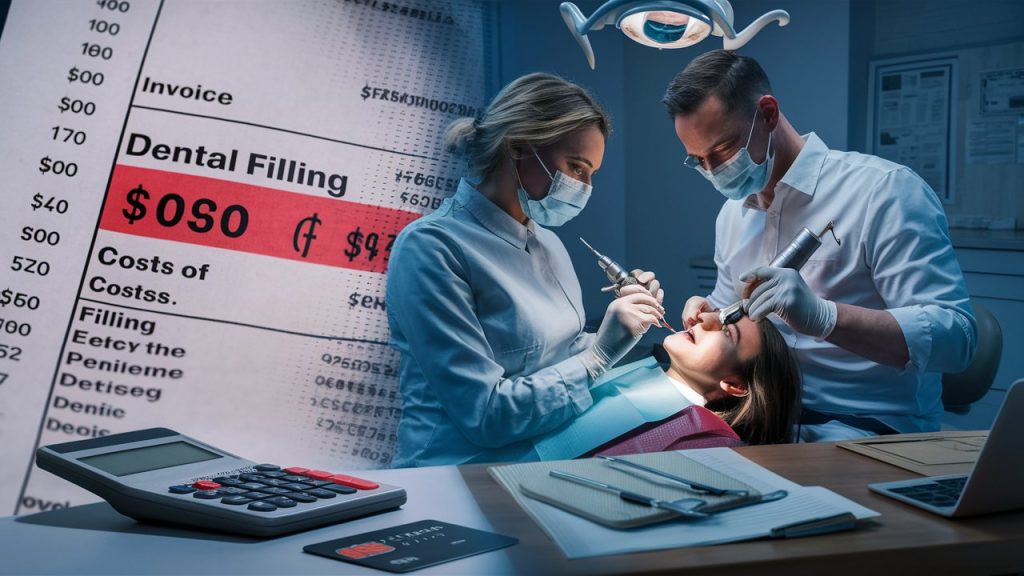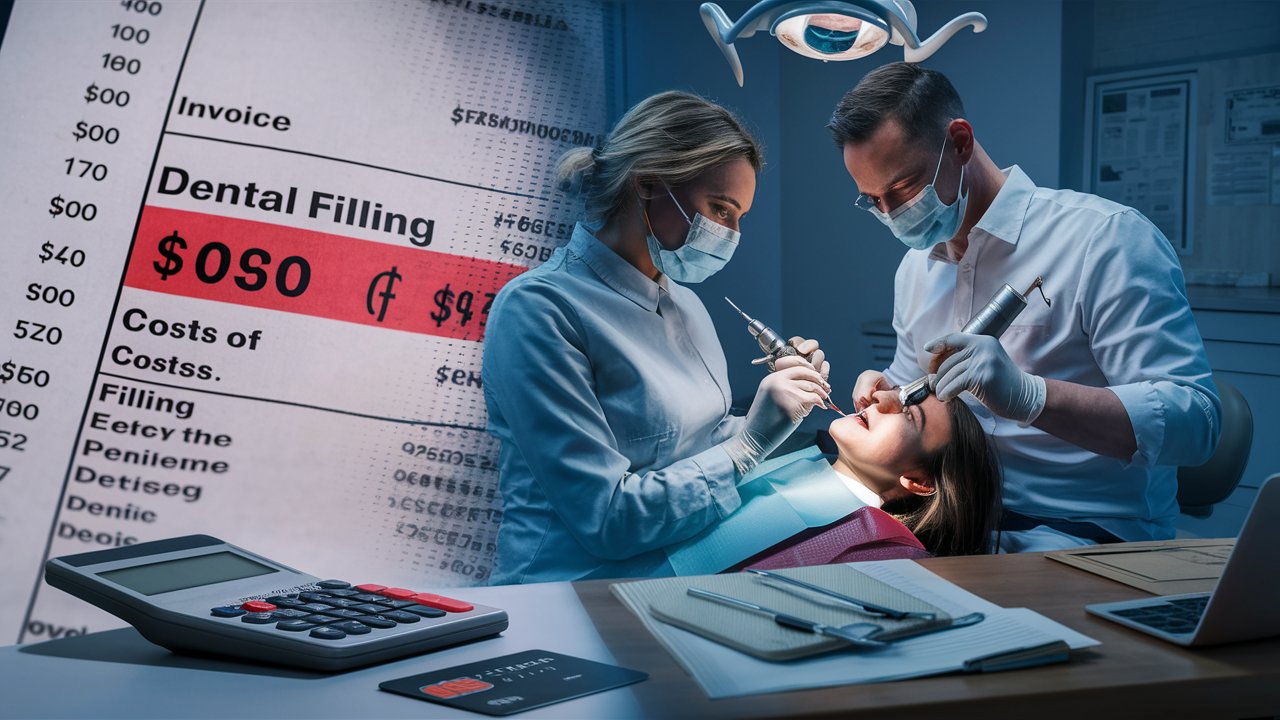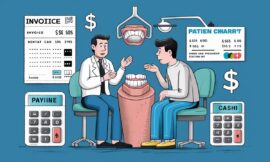Cavities are one of the most common dental issues, and getting a filling is essential to prevent further damage to your teeth. However, if you don’t have dental insurance, you might wonder how much a filling will cost out of pocket. In this guide, we’ll explore the factors that affect filling costs, typical price ranges, and ways to save on dental care.
Factors That Influence the Cost of a Filling

1. Type of Filling Material
The material used for your filling greatly impacts the cost:
- Amalgam (Silver Fillings): These are the least expensive and durable, with costs ranging from $50 to $150 per tooth.
- Composite Resin (Tooth-Colored Fillings): These are more aesthetically pleasing and blend with your natural tooth color. Prices range from $90 to $250 per tooth.
- Ceramic Fillings: Made of porcelain, these are durable and stain-resistant but cost between $250 and $4,500 per tooth, depending on the size and location.
- Gold Fillings: Long-lasting and durable but also the most expensive, costing $300 to $1,000 per tooth.
2. Size of the Cavity
The larger the cavity, the more material and time are needed, increasing the cost. Small fillings will naturally cost less than extensive restorations.
3. Location of the Tooth
- Front Teeth: Fillings on front teeth may be more expensive if you opt for tooth-colored materials to maintain aesthetics.
- Molars: Fillings on back teeth, which require more material and are harder to access, may also cost more.
4. Dentist’s Experience and Location
Where you live and the experience level of your dentist can influence pricing. Urban areas or highly skilled dentists may charge more than rural clinics or less experienced providers.
5. Additional Procedures
If additional treatments, like X-rays or anesthesia, are needed, they will add to the overall cost:
- X-Rays: $25 to $100
- Local Anesthesia: $20 to $60
Typical Cost Ranges Without Insurance
Here’s a general idea of filling costs based on the material:
- Amalgam Fillings: $50 to $150
- Composite Fillings: $90 to $250
- Ceramic Fillings: $250 to $4,500
- Gold Fillings: $300 to $1,000
The overall cost per filling without insurance generally ranges from $50 to $1,000, depending on the factors above.
Ways to Save on Filling Costs Without Insurance

1. Dental Schools
Dental schools often provide low-cost care performed by students under professional supervision. This can significantly reduce the cost of fillings.
2. Discount Dental Plans
Consider joining a dental discount plan. For an annual fee, you can access reduced rates on dental procedures, including fillings.
3. Community Health Clinics
Nonprofit and community clinics may offer fillings at reduced prices, especially for low-income patients.
4. Payment Plans
Many dentists offer payment plans that allow you to spread the cost over several months, making it more manageable.
5. Shop Around
Prices can vary widely between dental practices. Get quotes from multiple providers to find the best price.
Importance of Addressing Cavities Quickly
Delaying treatment for cavities can lead to more serious dental problems, including:
- Tooth Decay: Untreated cavities can worsen, requiring more extensive and expensive procedures like root canals.
- Tooth Loss: Advanced decay may result in the need for tooth extraction and replacement.
- Oral Health Complications: Cavities can cause pain, infections, and other issues that affect overall health.
Getting a filling promptly is a cost-effective way to preserve your dental health and avoid higher expenses down the road.
Conclusion
The cost of a filling without insurance ranges from $50 to $1,000, depending on factors like material, size, and location. While this can feel overwhelming, options like dental schools, discount plans, and payment arrangements can make the procedure more affordable. Don’t let financial concerns delay essential dental care—explore your options and prioritize your oral health.



